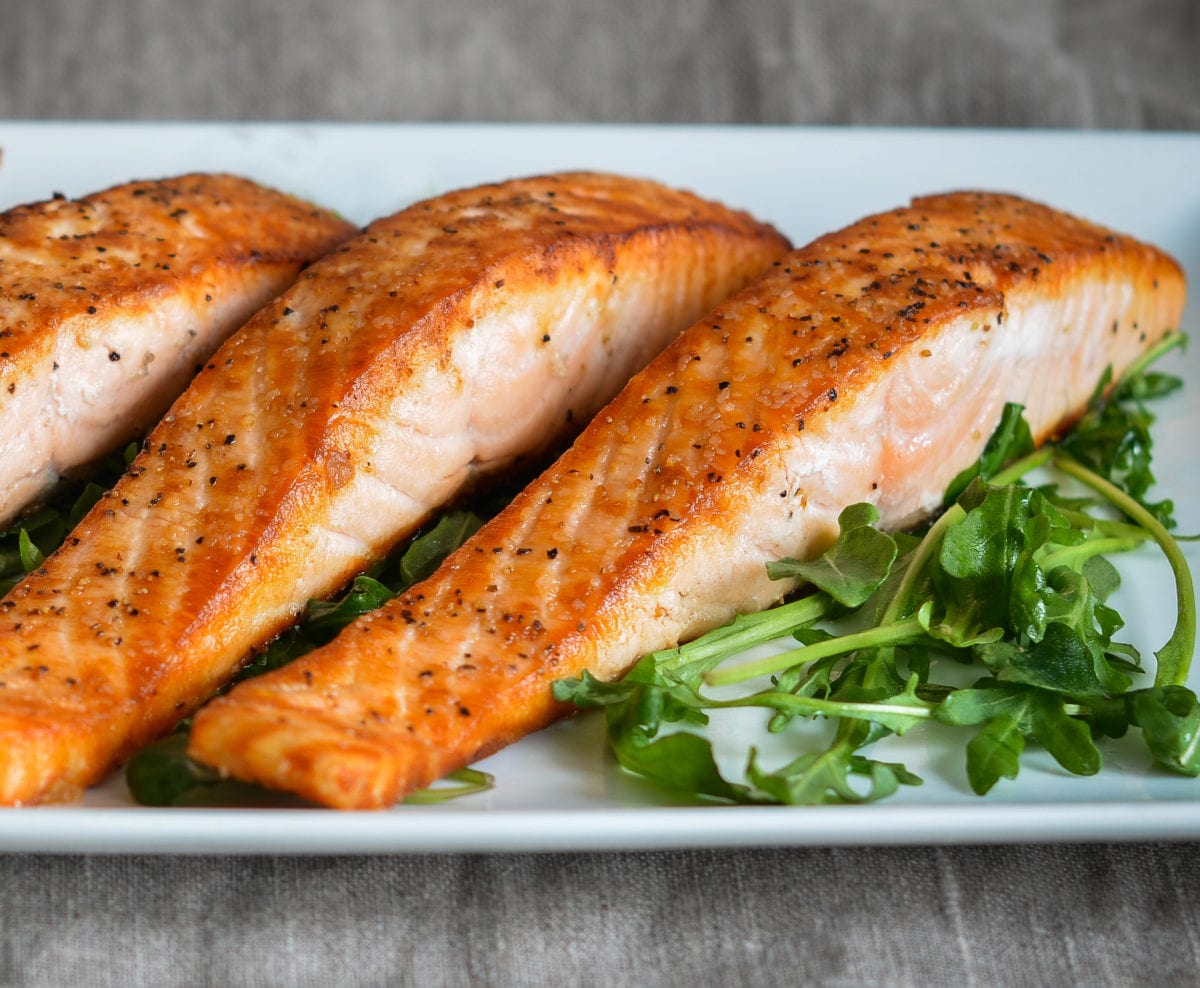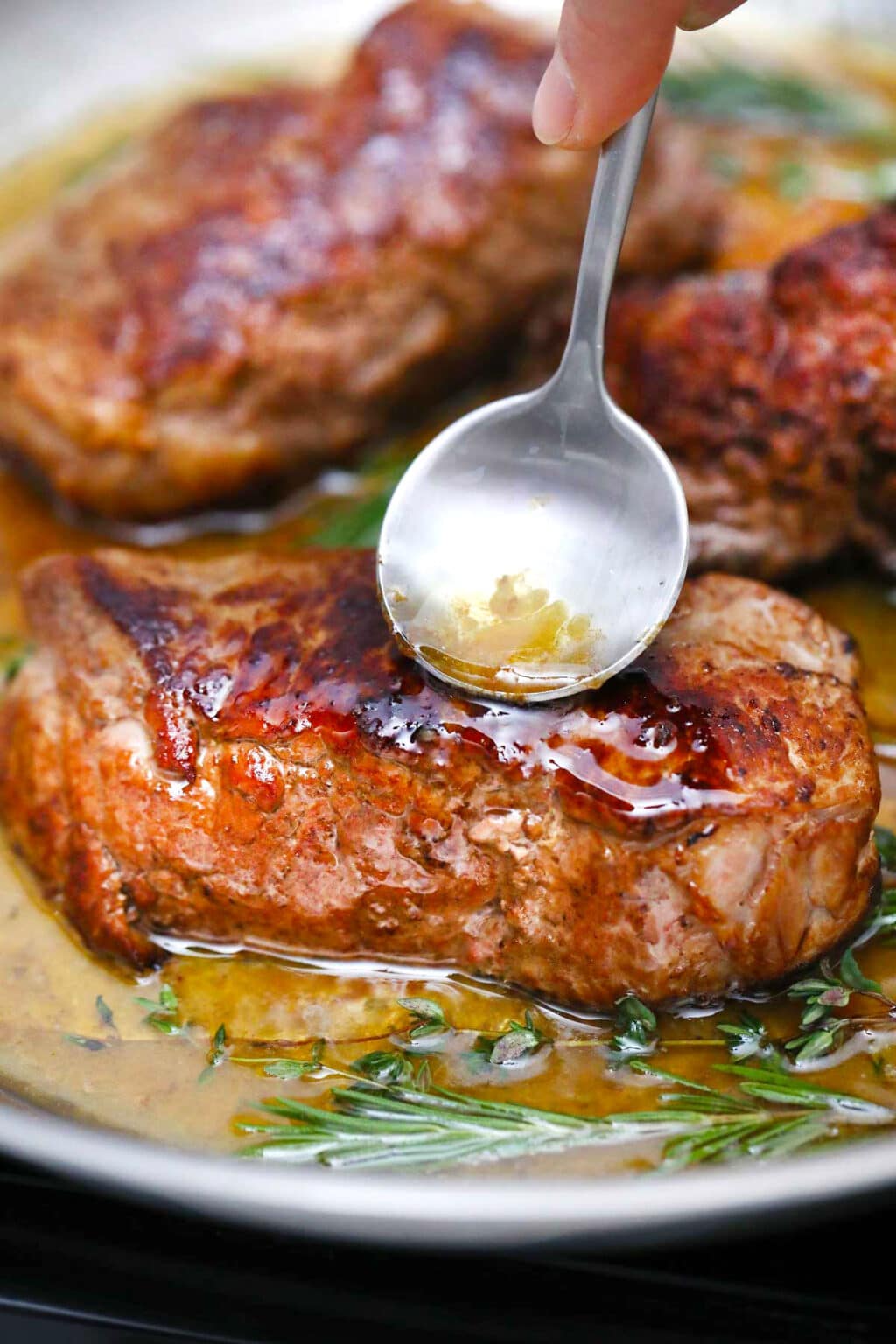
If the chicken isn’t cooked through by the time the sear has developed, transfer the skillet to a 350☏ oven to finish. It’s finished when the thickest portion of the cut registers 165☏ on an instant-read thermometer. A chicken cutlet is ready to flip when it releases easily from the pan and has a nice, golden-brown sear. Let the meat sear for several minutes on one side before flipping. Season the chicken and add it to the pan. Start with a hot pan over mediumhigh heat and a small amount of cooking oil. This will help it cook more evenly and achieve a better sear. Before you begin, let the chicken rest at room temperature to remove some of the chill from the refrigerator.
#Searing pan skin
With skin-on cuts, you’ll want to sear the chicken skin-side down until the skin is golden brown. Searing is great for chicken tenders, boneless chicken breasts, and thighs (boneless, skinless, or otherwise). To prevent the chicken from sticking to the pan, use a high-heat cooking oil like canola. Searing works best with a heavy-bottomed skillet, such as cast iron, that retains heat well and can go from stove to oven if necessary. Pan searing briefly exposes foods to high heat to brown their surface, creating a tasty crust on the outside.

The secret comes down to cooking method, and a few simple tricks that ensure golden-brown perfection every time. Despite the seemingly endless variation, the ideal final result is, more often than not, crispy and golden-brown on the outside while the inside of the chicken remains juicy and tender. It’s culturally diverse, pairs well with virtually any sauce, seasoning, or side, and can be prepared in nearly any way.

Tips and Tricks for Golden-Brown PerfectionĬhicken is quite possibly the most versatile meat.


 0 kommentar(er)
0 kommentar(er)
